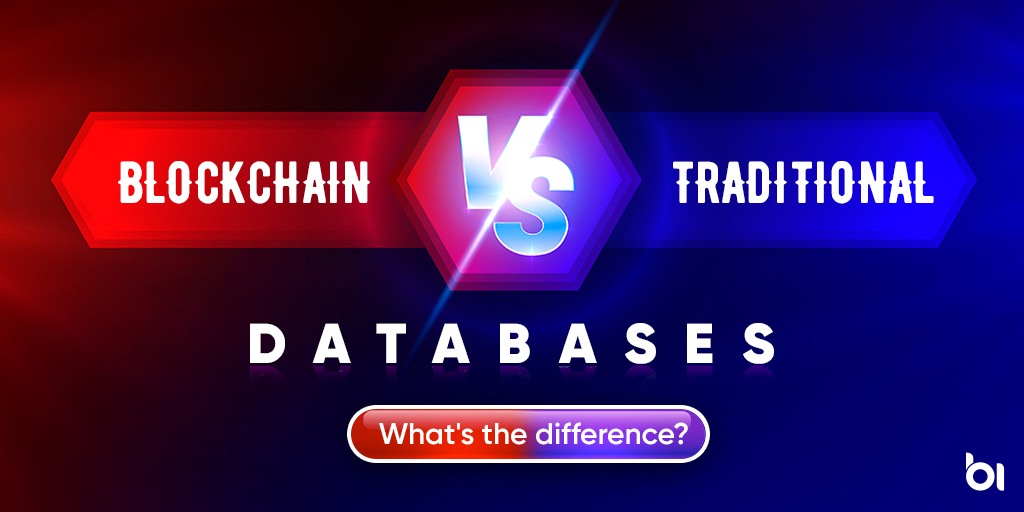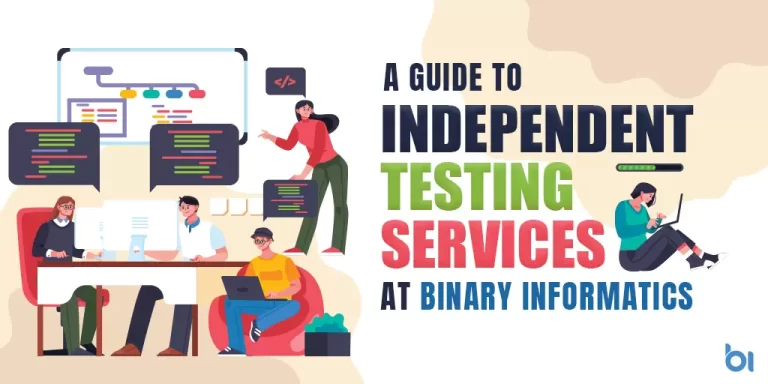But how does it stack up against traditional databases? In this article, we’ll be discussing what blockchain is and how it differs from traditional databases. We’ll also go over some of the potential benefits and applications of this newer technology.
Table of Contents
ToggleIntroduction to Blockchain
There are many different types of databases, but the two main categories are traditional databases and blockchain databases. So, what is the difference between these two types of databases?
Traditional databases are centralized, meaning that there is a single point of control. This can be advantageous because it allows for easy management and security. However, it also means that if the central server goes down, the entire database is unavailable.
Blockchain databases are decentralized, meaning that there is no single point of control. Instead, each node in the network has a copy of the database. This makes blockchain databases much more resilient to outages and attacks. However, it also makes them more complex to manage and secure.
Introduction to Traditional Database
A traditional database is a collection of data that is organized in a specific way. This organization allows for easy retrieval and manipulation of the data. A traditional database can be either centralized or decentralized.
A centralized database is one that is controlled by a single entity, while a decentralized database is one that is distributed among multiple entities.
Blockchain vs Traditional Databases: Key Difference
When it comes to databases, there are two main types: blockchain and traditional. So, what’s the difference between (Blockchain vs Traditional Databases)?
Blockchain databases are decentralized, meaning they’re not controlled by a single entity. Instead, they’re distributed across a network of computers, which makes them more secure. Traditional databases, on the other hand, are centralized, meaning they’re controlled by a single entity. This makes them less secure.
Another difference is that blockchain databases are immutable, meaning the data cannot be changed once it’s been written. Traditional databases are mutable, meaning the data can be changed.
Finally, blockchain databases use cryptography to secure the data, while traditional databases do not.
So, which type of database is better? It depends on your needs. If security is your main concern, then blockchain is the way to go. But if you need a database that’s easy to use and manage, then traditional is probably a better option.
Read Also: How To Pick The Right Blockchain Platform For Your Business Use Case
How is Blockchain different from a traditional database? (Blockchain vs Traditional Databases)
A traditional database system is not decentralized. A user has to rely on the system to maintain and make sense of all of the information. If a person or entity is to be removed, they need to either change the database structure, or they need to have a legal process to alter that person or entity.
A blockchain is decentralized. A user does not have to rely on the database system to maintain and maintain the database. Users or entities are free to re-organize the system and the data, but this process needs to be executed within the network.
Blockchain is permissionless: This means that anyone in the network can participate in creating new blocks and they don’t have to be approved or given certain permission before they can. This is different from traditional systems where only approved users are allowed to create transactions.
Because it’s permissionless, anyone can join the network with a minimum amount of resources. The network maintains a network of nodes that store and share information within the network. A node is a user of the network who is willing to perform functions and verify transactions. Nodes are usually created by businesses and organizations that need to share information about the network.
Blockchain vs Traditional Databases: Which One Should You Use?
Do you know the difference between a blockchain database and a traditional database? If not, you’re not alone. With all the talk about blockchain these days, it’s easy to get confused about what it is and how it works.
A traditional database is a centralized system that stores data in a single location. This means that if there’s a problem with the server, the data could be lost. A blockchain database is a decentralized system that stores data in multiple locations. This makes it more resistant to attacks and failures.
So, which one should you use? It depends on your needs. If security is your top priority, then a blockchain database is a good choice. If you need high performance and scalability, then a traditional database might be a better option.
Sum-Up
The key difference between (Blockchain vs Traditional Databases) is that a blockchain database is decentralized, while a traditional database is centralized. A traditional database stores data in a single location, making it vulnerable to hacks and data breaches.
A blockchain database, on the other hand, is distributed across multiple computers, making it much more secure. In addition, blockchain databases are transparent and immutable, meaning that all changes to the data are tracked and cannot be tampered with. For these reasons, many believe that blockchain technology has the potential to revolutionize the way we store and manage data.




